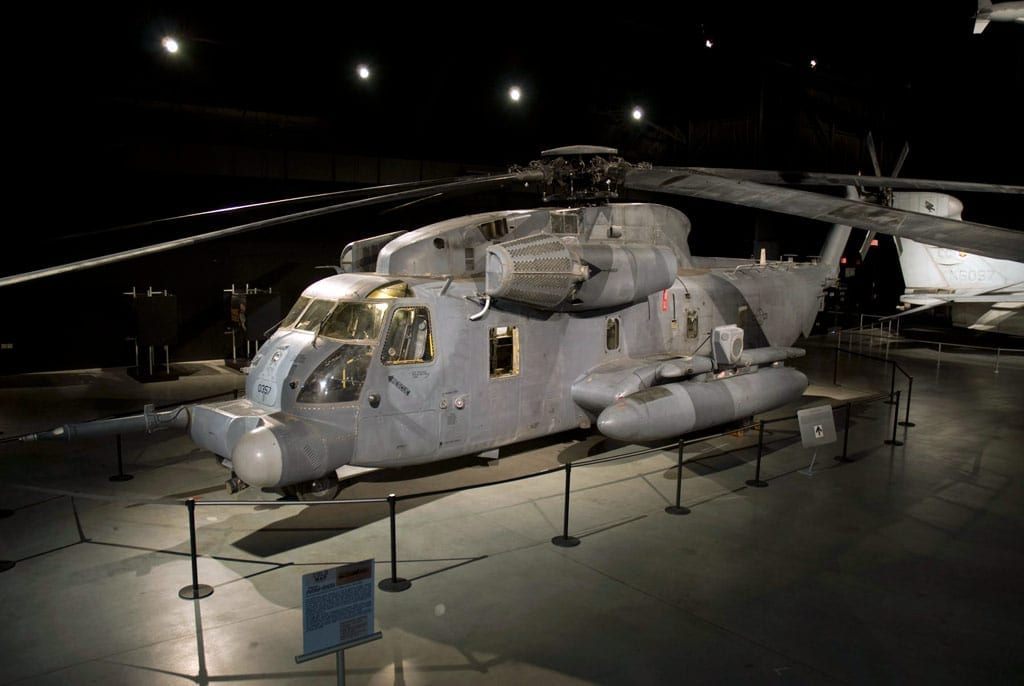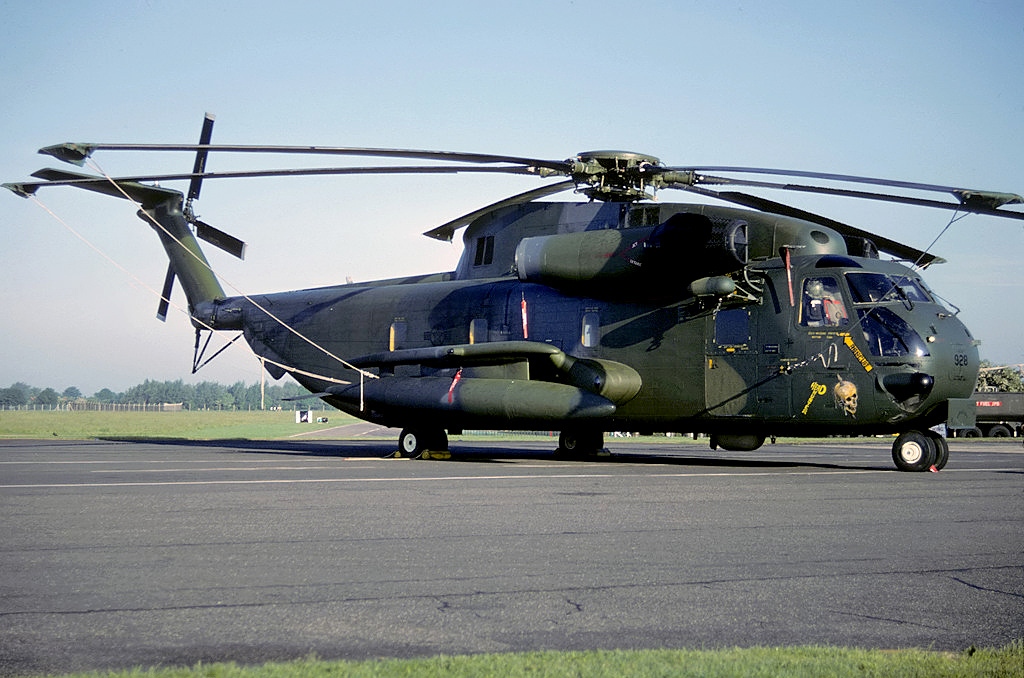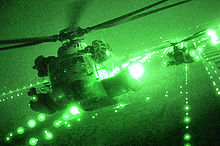Blog - Post-Vietnam: History & Heritage of the MH-53 Pave Low

Post-Vietnam: History & Heritage of the MH-53 Pave Low
Post-Vietnam: History & Heritage of the MH-53 Pave Low
The Pave Low is an all-weather platform capable of operating during in a contested environment. The MH-53 Pave Low was a long-range aircraft with low-level emissions to assist with special operation forces. The MH-53 started off as a HH-53 named, “Super Jolly Green Giant”, which was used by the Air Force in the Southeast Asia War. The HH-53 is pictured below.


Improvements upgraded the Pave Low’s capabilities and appearance. Following the enhancements, the HH-53 earned the name MH-53 which stood for multi-mission helicopter. After 1960, a redesigned rotor and new engine gave the MH-53 a modernized appearance. Of the significant changes made, the most beneficial was the start of the Pave Low program. The program added Forward-looking Infrared Sensors (FLIR), Global Positioning Systems (GPS), Doppler Radar, and Terrain-following including Terrain-avoidance Radar. These advancements allowed the MH-53 to continue working in bad weather on low-emissions, both day and night. Therefore, the helicopter was useful in detecting electronic enemy emissions using information from satellite links displayed in real time.


The 20th Expeditionary Special Operations Squadron used the MH-53M Pave Low IV on display at the National Museum United States Air Force before retiring the aircraft after 38 years. The aircraft aided in carrying the “command element” on the Operation Kingpin mission. The MH-53 was integral in rescuing American prisoners of war held at Son Tay prison near Hanoi, North Vietnam. The Pave Low was the last of the five HH-53s to survive the mission. Before retiring in March of 2008, the helicopter flew in multiple combat assignments such as Operations Desert Storm and Iraqi freedom.
Learn more & register here.
No Description
Leave a Comment